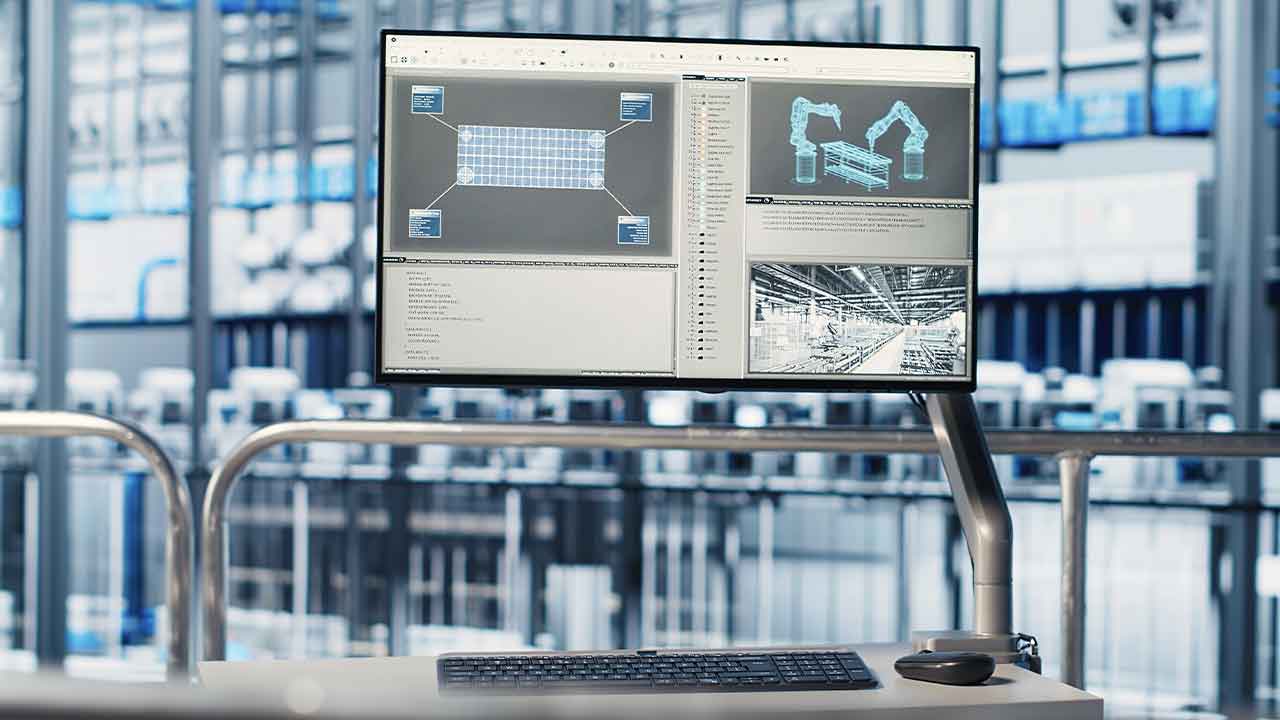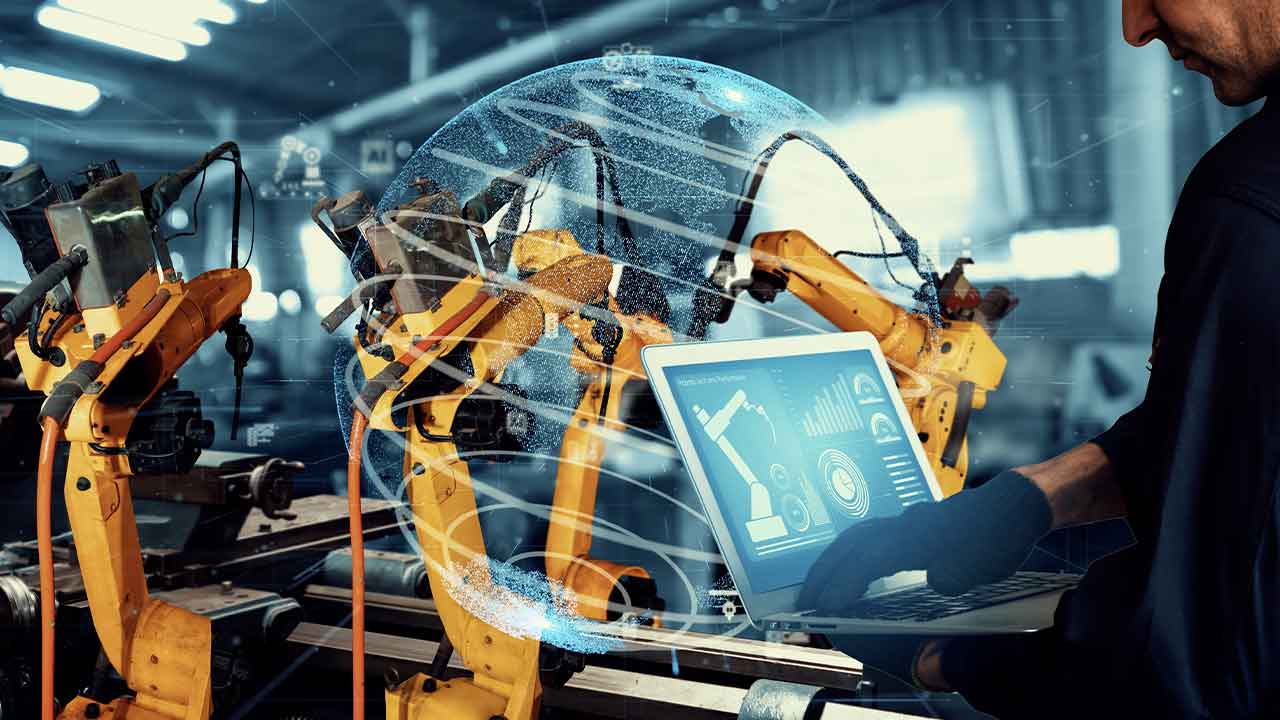The way forward: Merging IT and operations | SPONSORED
To keep up with the speed of digital business, more organizations are looking to bring together information technology, which manages data, and operational technology, which handles manufacturing and industrial equipment. Integrating
the two departments can help improve productivity and boost competitiveness.
Aside from the commercial pressure to digitize and tap technologies such as artificial intelligence, major drivers of IT/OT integration include supply chain disruptions, labor shortages, and the need to improve productivity and prevent cyberattacks.
Organizations need to first work through the growing pains that come with devising a common language and tool sets. Then clear leadership, ongoing collaboration and communication, and a pipeline of workers with cross-disciplinary skills can make an IT/OT merger a reality.
It’s easy to describe IT and OT as different departments with different objectives and cultures. But that results in inefficient, costly setups that fail to foster innovation and standardization.
To undergo such digital transformation in industries that rely heavily on physical assets—manufacturing, oil and gas, transportation (AR in transportation), energy, and utilities—organizations must integrate IT and OT into one seamless organization that connects systems on both sides.
This MIT Technology Review Insights report outlines how IT/OT convergence brings benefits that separate IT and OT departments can’t provide, along with the three key takeaways for success.
Sponsored by Hitachi Vantara



